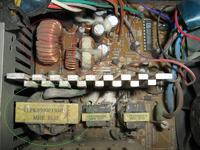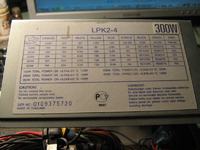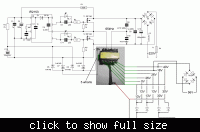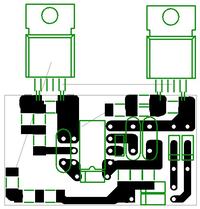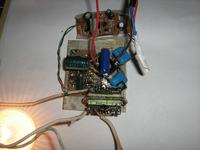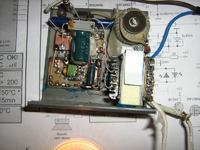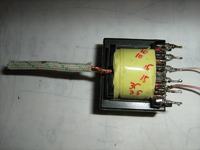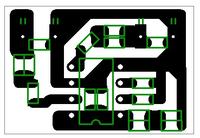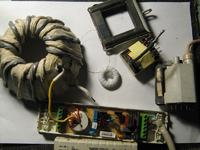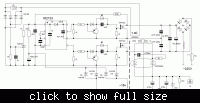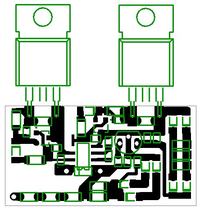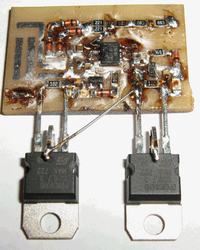meltmanbob
Newbie level 6

Basically I want to build a bench supply that is roughly 500 watts with multiple outputs that are both voltage and current variable and all of the appropriate protection devices. The thing I am stuck on right now is that for this power range, a SMPS seems most appropriate considering size and cost. So far I understand rectifying the mains AC, filtering it and using that as the DC source for PWM. Most of the SMPS designs I've seen have PFC which converts the rectified AC into high frequency and high voltage to a transformer. What I don't understand is why the rectified AC needs to be converted to high frequency and voltage.
It would seem to me that once you have the AC rectified and smoothed, use a PFC/PWM to chop it up, feed that through another rectifier and smoothing circuit which would branch off in parallel to multiple variable voltage regulators to feed the multiple outputs. Does anyone see anything wrong with this idea? Am I way off in left field or am I describing how SMPS actually work and something just isn't making that clear to me? Thanks for the help!
It would seem to me that once you have the AC rectified and smoothed, use a PFC/PWM to chop it up, feed that through another rectifier and smoothing circuit which would branch off in parallel to multiple variable voltage regulators to feed the multiple outputs. Does anyone see anything wrong with this idea? Am I way off in left field or am I describing how SMPS actually work and something just isn't making that clear to me? Thanks for the help!


